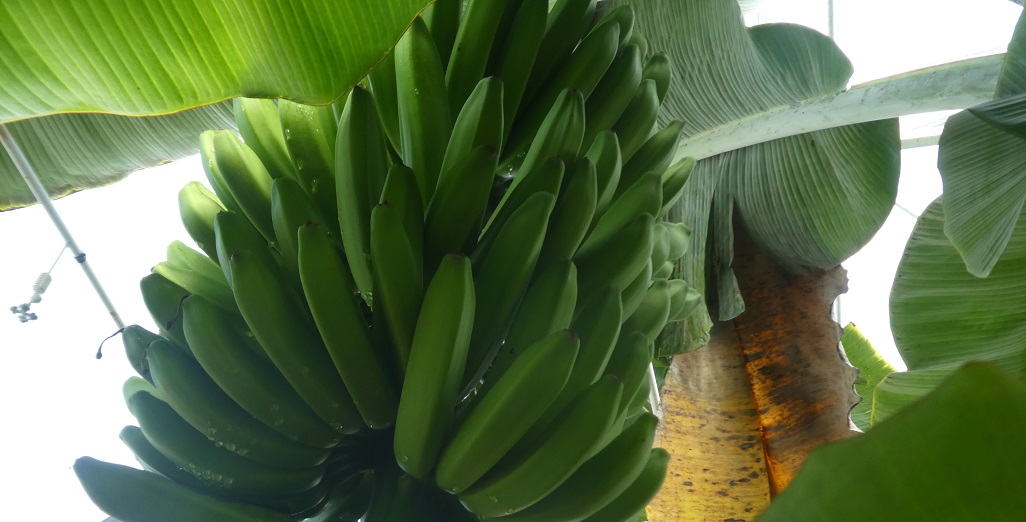Sign up here to subscribe to the Grower2grower Ezine. Every two weeks you will receive new articles, specific to the protected cropping industry, informing you of industry news and events straight to your inbox.
Dec 2018
What direction will cucumber cultivation take in the Netherlands (and NZ)?
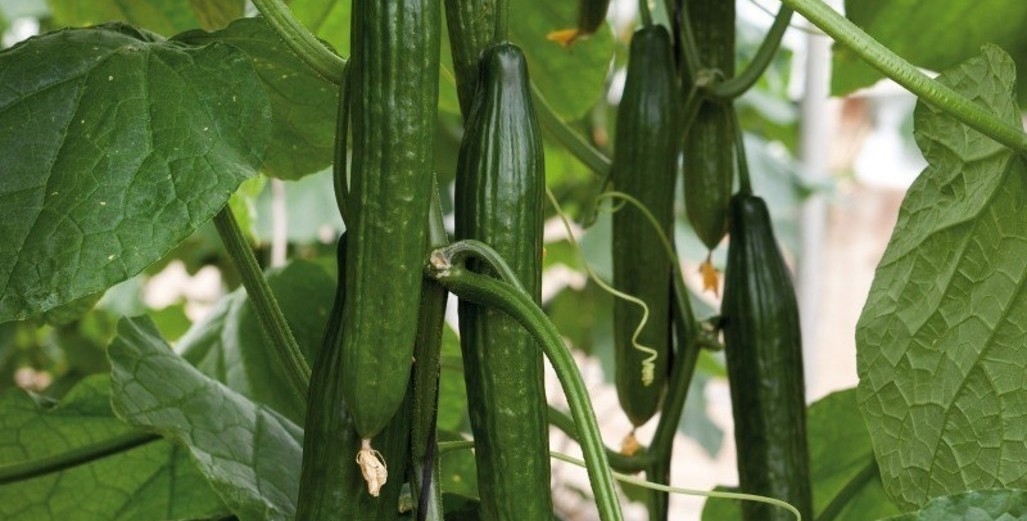
Cucumber Event BASF Vegetable Seeds:
"Cucumber cultivation in the future no longer feasible without lighting and further automation"
This article was supplied by Paula OHanlon from BASF vegetable seeds. It is a fantastic insight how the Dutch growers view cucumber cultivation in the future. The experiences the Dutch growers are facing, I think is very similar to ours. Consultant Frank Florus, who is known to many NZ growers also makes a contribution in this article.
What direction will cucumber cultivation take in the Netherlands? How to deal with labour in the coming years? What influence do lighting, automation and digitization have? During the BASF Vegetable Seeds cucumber event 'Light on the Future' on Wednesday 7 November 2018, 70 cucumber enthusiasts discussed this topic in the CHV Noordkade in Veghel.
At present, only 20% of the Dutch cucumber acreage is equipped for high-wire cultivation, yet this will become the cultivation method of the future and will increase considerably in acreage in the coming years, is the expectation of the Nunhems cucumber team. On behalf of the team, Anne Jancic, crop marketing, and Tom Koot, product specialist, presented their vision on this development and the associated challenges and opportunities. Undoubtedly technical developments such as robotics and lighting will have a major impact, not only for the growers but also for the commercialization and marketing of cucumbers.
Anne transported the audience to the consumer of the future, who is going to look at products in a completely different way than now, and who will share knowledge, do shopping and consume in a different way. Technology will become part of the daily life of the modern consumer.

Crop characteristics
Tom translated these technical developments into crop characteristics. With the Hi Revolution varieties such as Hi Power, the first successful steps have been taken. Lighting and automation ensure more regularity in the crop, better controllability and a higher yield, but the varieties remain the important basis for providing operational reliability throughout the year. A good, constant and reliable production coupled with an open plant type is a necessity, Tom told the audience.
Labour and automation
In the current growing economy in the Netherlands, labor is becoming increasingly scarce and a major challenge for entrepreneurs within the sector. Peter van Koppen, founder of employment agency Koppen & van Eijk, gave his view on this problem. He showed the audience where opportunities for horticulture lie and asked them to think about making labor in horticulture more attractive compared to other employers. Teus de Jong of Lely International spoke about automation and how robots can replace labor. Teus indicated by way of examples that in many professions at least 30% of the activities can be automated.
Playing with the spectrum
To give a different view of lighting than just for cucumbers, two speakers were invited with knowledge from other crops. Frank Florus, information officer at Lycopersicon, shared his experience with lighting in tomatoes and associated cultivation techniques and developments. According to him, the amount of lighting hours will increase and the gains will be more in vitality and higher stem densities. Bart van Meurs was also invited, who is involved in product development in greenhouse horticulture, including about LED applications at Koppert Cress and Hortilux. His experience is that every crop reacts just slightly differently to the offered spectrum and so there is certainly room for further knowledge development.

Cucumber cultivation is no longer feasible without lighting and automation
After the introductory presentations it was the guests' turn to discuss together and talk about opportunities, possibilities and obstacles. The formal part of the day ended with a forum discussion in which Marco Zuidgeest, Floris van der Linden, Peter van Koppen and Tom Koot gave their reflection on and experiences with the subjects of the day: the first year of lighting, how to deal with virus pressure, opportunities for digitization, robotics and the temporary employment sector. Also year-round cultivation was discussed. The conclusion was that in the future cucumber cultivation is not feasible without lighting and further automation.
Contact Puala for more information about this article:
Paula OHanlon
Market Development Vegetable Seeds
Mobile: +64 (0) 21 731 009, Email: paula.ohanlon@vegetableseeds.basf.com
Postal Address: BASF New Zealand Ltd, , Level 4, 4 Leonard Isitt Drive, 2022 Auckland, New Zealand
http://www.nunhems.com/www/NunhemsInternet.nsf/id/CW_EN_AUS
CLASSIFIED
Subscribe to our E-Zine
More
From This Category
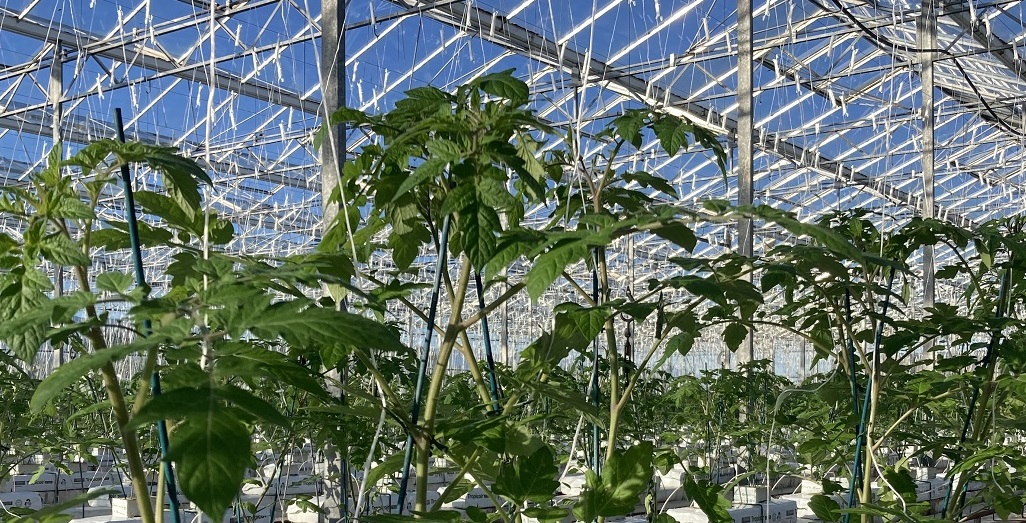
Views sought on streamlining treated seed rules
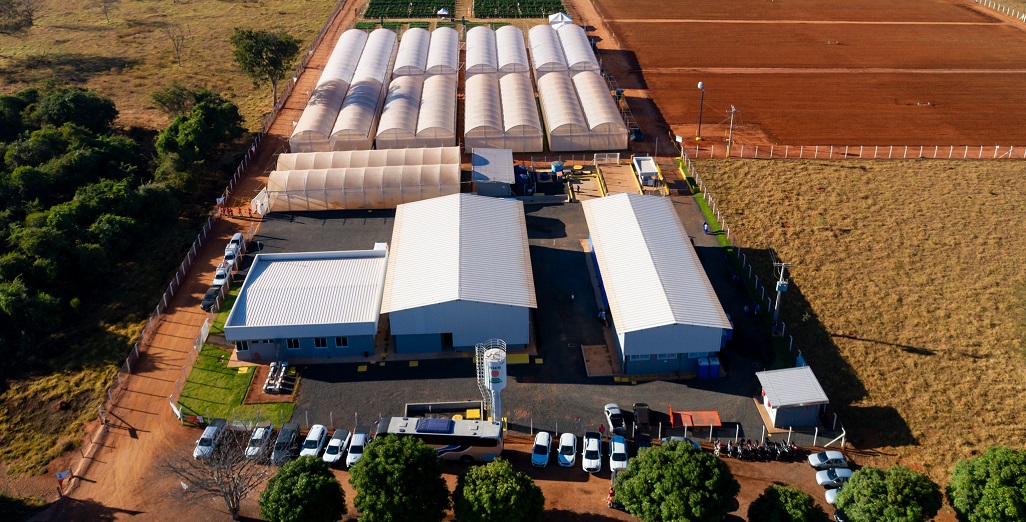
KWS inaugurates new R&D facility in Uberlândia, Brazil
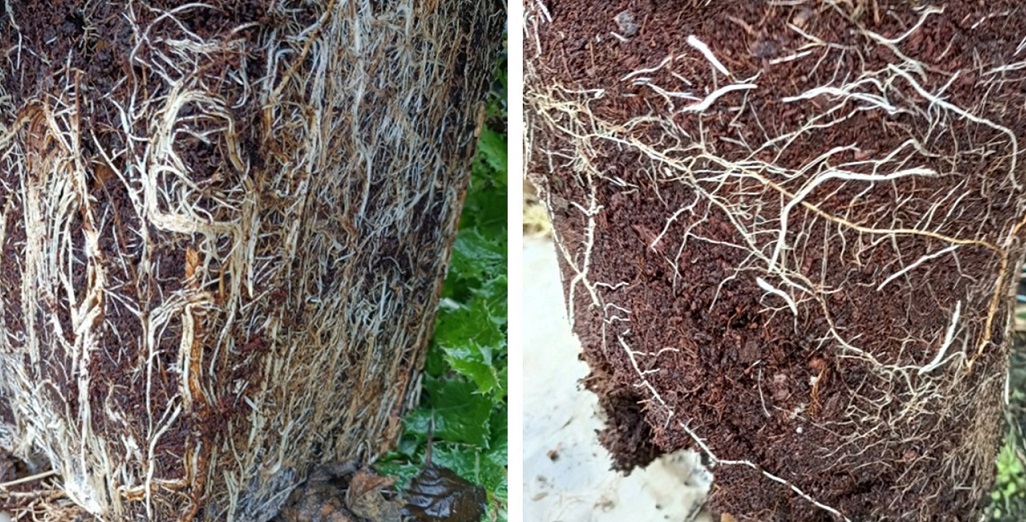
Synergy – protect plants from various soil-borne pathogens.
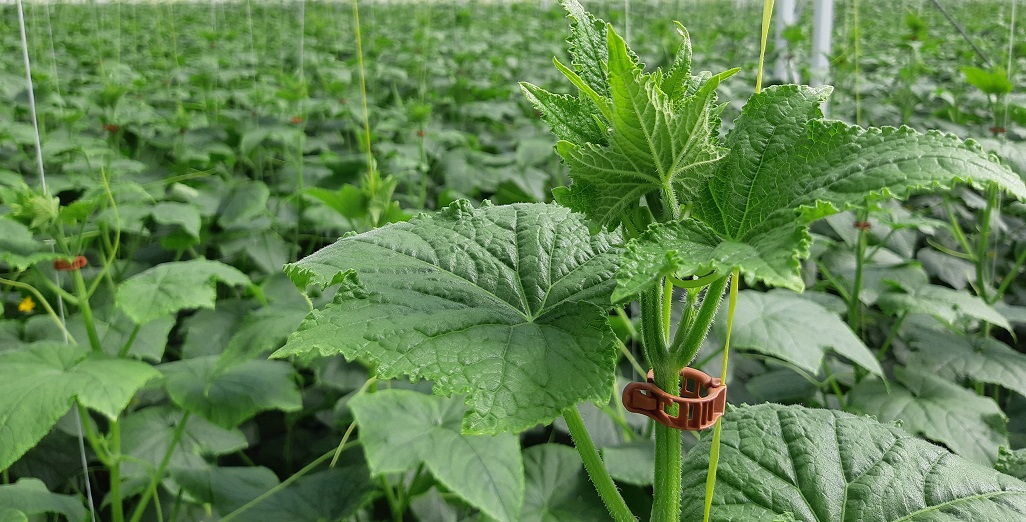
UPtrace is a new variety in NZ for Hi-Tech Production.
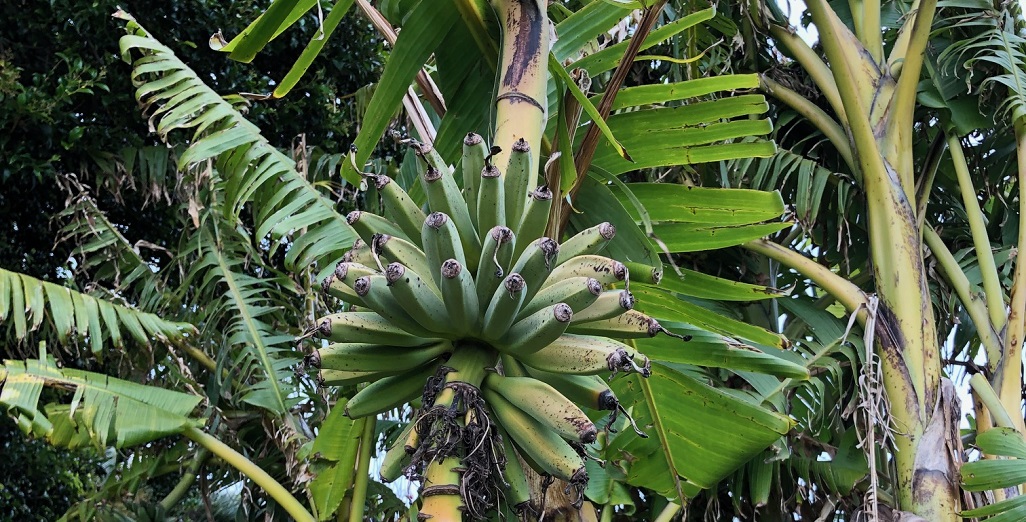
From Northland to Whakatane – I keep seeing more and more home gardens with banana crops.
